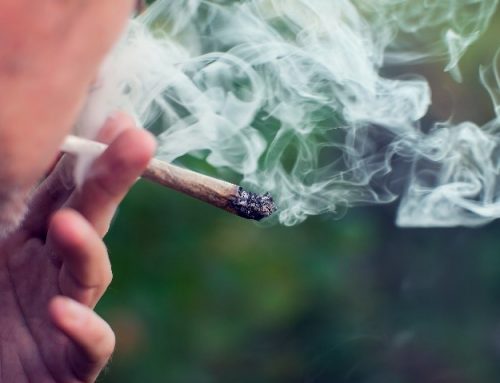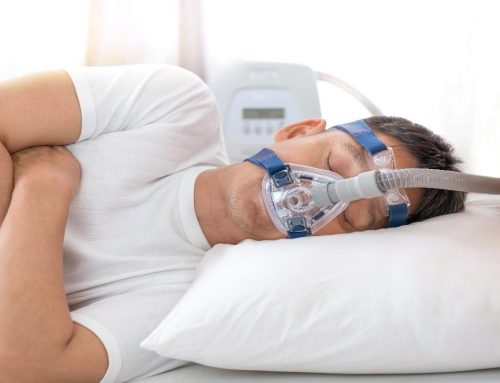Table of Contents

Sleep apnea is one of the more common sleep disorders, with rising prevalence around the world. There are chances you haven’t heard a lot about it, but already are suffering some of the symptoms or effects of it on your health and lifestyle.
To help you sincerely understand sleep apnea, we collected a round-up of some of the most frequently asked questions on sleep apnea.
What Causes Sleep Apnea?
Sleep apnea put is a partial or comprehensive halt of breathing during sleep. This causes the body to strain harder for oxygen and makes the brain send signals that jerk your system awake to resume proper breathing.
It can be triggered by over-relaxation of the throat muscles, which hinders the upper airway and prevents air from entering the lungs. It can also be caused by faulty signaling by the brain, which leads to intermittent pauses in breath.
What is Obstructive Sleep Apnea?
OSA is a common sleep disorder that leads to involuntary cessation of breathing during sleep. It is caused by sporadic relaxation of the throat muscles, which block the airway while sleeping. This results in a shallow breath and even a brief stoppage of breathing while asleep. The most common characteristic of obstructive sleep apnea is snoring. As the air gets squeezed through the narrow airway, it makes the snoring noise that you hear.
Obstructive sleep apnea can cause progressive asphyxia, which increases breathing effort and forces a person to awaken from sleep. Since the upper airway is obstructed, the diaphragm and chest muscles must make extra effort to open the blocked path and force fill the lungs with air. However, it affects the amount of oxygen reaching the vital organs of the body, and hence the brain raises an alarm signal. This causes the body to wake up, re-open the airflow briefly, and breathing resumes with a loud snort or jerk.
What are the Warning Signs of Sleep Apnea?
The most common telltale sign of obstructive sleep apnea is loud snoring—loud enough to disturb the sleep of the patient and others around, even across the walls. That said, not everyone who snores suffers from obstructive sleep apnea.
The other common signs and symptoms that can indicate obstructive sleep apnea include:
- Waking up gasping or choking
- Excessive drowsiness during the day
- Dry mouth or a sore throat on waking up
- Chronic fatigue
- Lack of concentration
- Morning headache
- Depression
- Mood swings
- Forgetfulness
- High blood pressure
- Swelling in the legs
What Can Happen if Sleep Apnea Goes Untreated?
Sleep apnea side effects can disrupt your daily life because of the impact it has on your overall health and productivity. If left untreated, sleep apnea can lead to:
- Irritability, anxiety and mood swings
- Low energy and reduced productivity at work
- Hypertension, as the heart exerts more to pump oxygen through the body at night
- Diabetes, due to an inability to regulate insulin
Can Sleep Apnea Cause Hypertension or Vice Versa?

Snoring is just a minor side effect of sleep apnea. Hypertension also happens in close correlation to Obstructive Sleep Apnea (OSA). Studies find that almost 50% of patients with hypertension also suffer from OSA. This correlation is more substantial in cases of people with resistant hypertension – individuals who have tried a variety of treatments to control their blood pressure but have been unsuccessful.
One of the primary reasons for hypertension and sleep apnea co-occurring is because they both stem from obesity. High cholesterol levels and high blood pressure in the blood are standard in obese individuals and significant risk factors for hypertension. Obesity is also one of the considerable sleep apnea causes, as the deposition of fat around the neck narrows the windpipe. This causes airflow blockage during sleep and hence sleep apnea.
What is a Sleep Study?
A sleep study, or polysomnography, is a test designed for obstructive sleep apnea diagnosis and similar sleep disorders. The test records parameters like brain waves, heart rate and breathing, eye and leg movements, and heart rate during sleep.
Polysomnography monitors your sleep stages to determine if you experience disrupted sleep patterns and pinpoint the cause.
The sleep study is a very nuanced test that requires proper testing conditions and elaborate equipment. So, it is almost always conducted at a medical facility where you need you to go and spend the night.




 Shop
Shop



